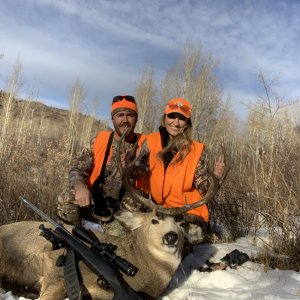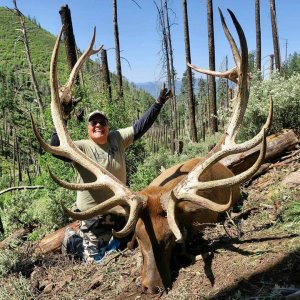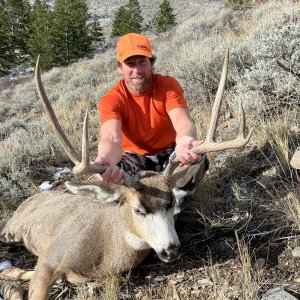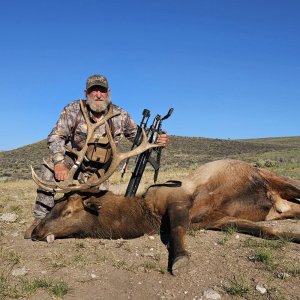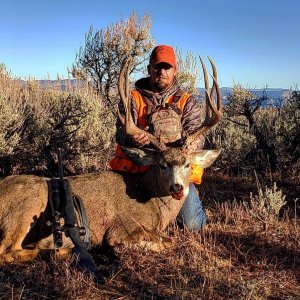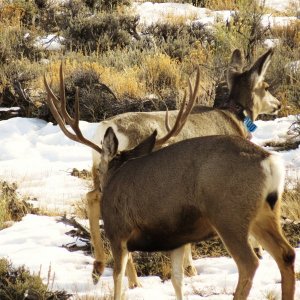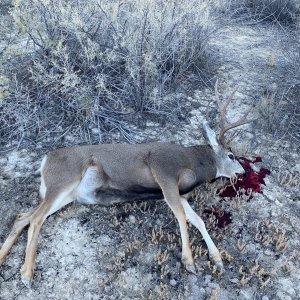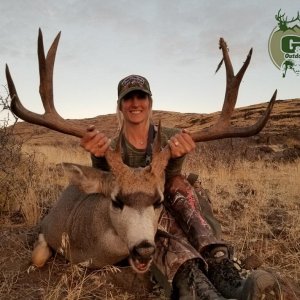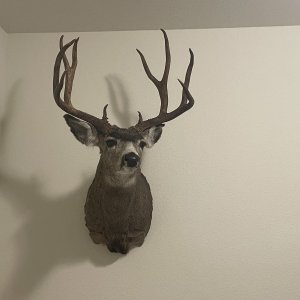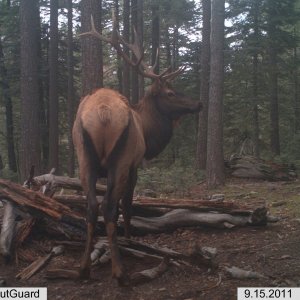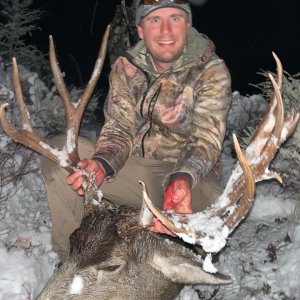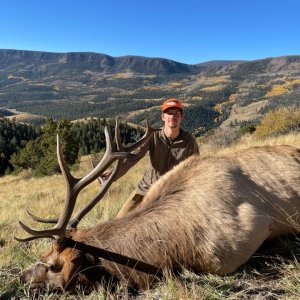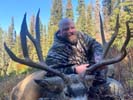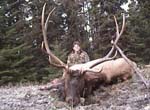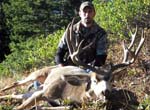I was checking out the drawing odd for NR in Idaho. Idaho has the "UP TO 10%" of tags can go to Non Residents. With the massive in flux of people moving to Idaho and applying for Controlled hunt tags as residents, The odds of drawing a NR tag are becoming non existent. Check out the last couple years of NR that drew tags for Deer, Elk, Antelope...
Unless your going to hunt the general season in Idaho and pay for the License anyway, I think your odds are Better playing the Power Ball lottery.
MY 2 Cents,
Willybbig
Unless your going to hunt the general season in Idaho and pay for the License anyway, I think your odds are Better playing the Power Ball lottery.
MY 2 Cents,
Willybbig

